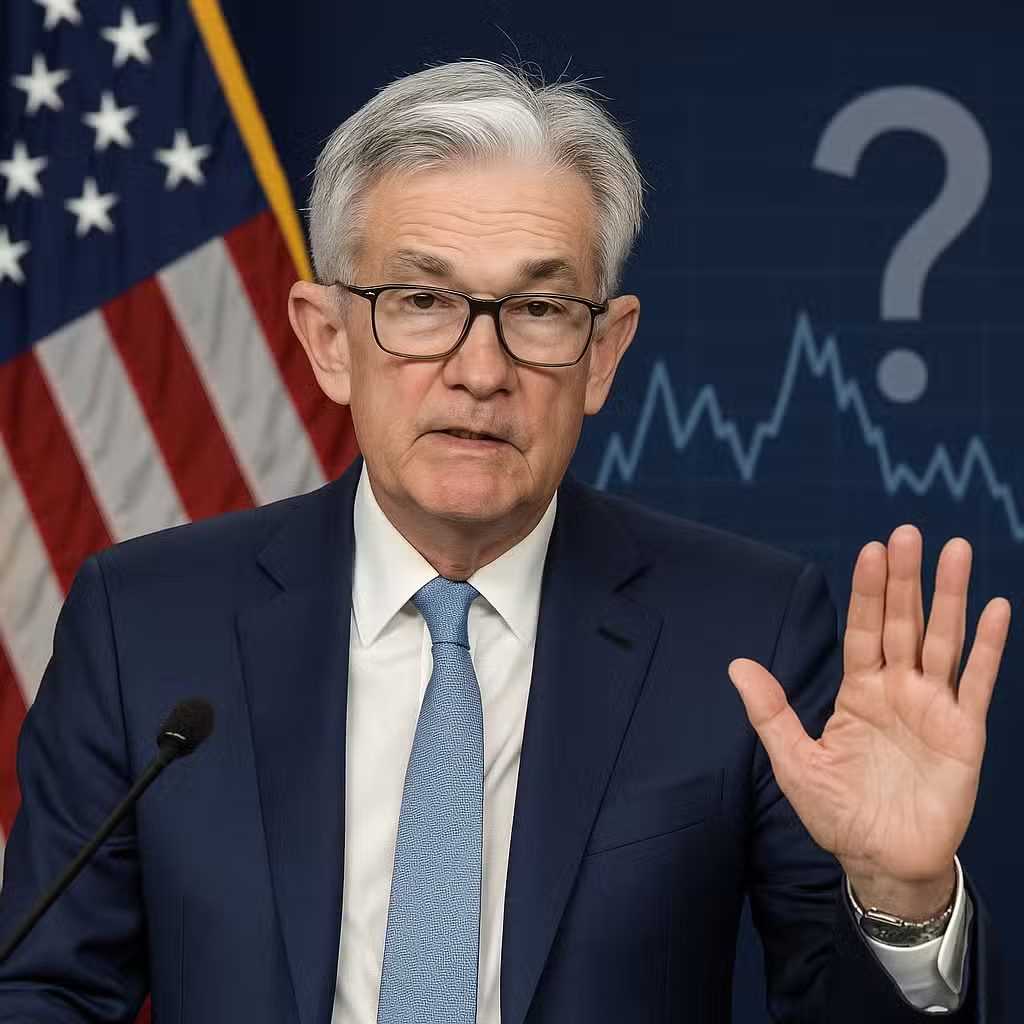China’s Slowing PMI Highlights Growth Challenges, Offering Investors Insight on Economic Recovery
Imagine two kids arguing over who gets to use the best swing at the playground. They decide to take a break, but one kid is secretly getting help from other friends. That’s a bit like what’s happening between the US and China in their ongoing trade war. Investors need to pay attention, because what these countries do next could shake up the whole market.
Bulls: Why Some See Good News
- Trade Truce Buys Time: The US and China agreed to pause new port fees for a year. This “timeout” could calm things down and give both sides a chance to work out bigger issues.
- Market Optimism: Chinese stock markets, like the CSI 300, have climbed 18% so far this year. That’s a sign investors are hopeful about China’s economy.
- Rising Imports: China’s imports jumped 7.4% in September, showing demand inside China is strong. This could help companies that sell to China.
- Policy Support: Investors hope Beijing will keep helping its economy if things get tough, which could boost stocks and businesses.
Bears: Why There’s Still Worry
- Transshipment Loopholes: Even though exports to the US fell 27%, China’s overall exports rose 8.3%. Experts think China may be shipping goods through other countries to dodge US tariffs. This could keep the trade gap high and frustrate US leaders.
- Manufacturing Struggles: China’s factories saw export orders drop the most in six months. When factories sell less, they sometimes cut prices or jobs, which can hurt workers and slow spending.
- Reliance Risks: Some US farmers and companies still depend on selling to China. If China cuts back on buying, these businesses could get hurt. History shows that when countries rely too much on one trading partner, they can get burned. For example, after the 2018-2019 US-China tariff hikes, American soybean exports to China dropped by more than half, causing big losses for farmers (Brookings).
- Policy Uncertainty: The US might crack down on transshipments or tighten rules about where goods come from. That could make it tougher for Chinese goods to enter the US and shake up supply chains.
- Truce Could Break: If either country breaks the deal, the trade war could heat up again, hitting stocks and global trade.
What’s Really at Stake for Investors?
This trade truce is like a pause button, not a stop sign. The US wants to rely less on China for things like rare earths and shipping. Meanwhile, China is trying to keep its factories busy and its people working. Both sides are looking for ways to win, but there’s a risk that old problems—like cheating around tariffs—aren’t really fixed.
Investors should remember that trade wars don’t just impact the two countries involved. They can ripple through global markets, affecting everything from tech stocks to farm equipment makers. For example, the S&P 500 dropped nearly 7% in May 2019 when US-China trade talks broke down (CNBC).
Investor Takeaway
- Watch Trade Data Closely: Keep an eye on export and import numbers, as they signal how strong demand is and whether the truce is holding.
- Diversify Your Portfolio: Don’t bet too much on companies that rely only on China or the US. Spread your risk across different sectors and countries.
- Stay Alert for Policy Changes: Be ready for new trade rules or tariffs, which can move markets quickly.
- Look for Resilient Sectors: Some industries, like technology and consumer goods, may bounce back faster if trade tensions ease.
- Don’t Chase Headlines: Market swings from trade news can be sharp but short-lived. Focus on long-term trends rather than reacting to every update.
For the full original report, see FX Empire







